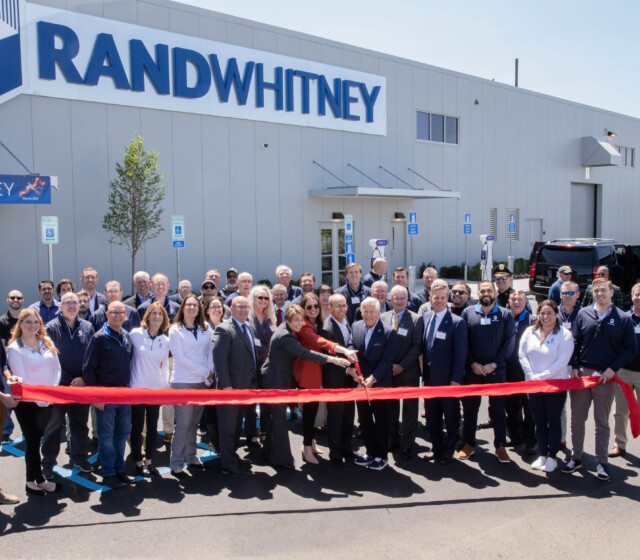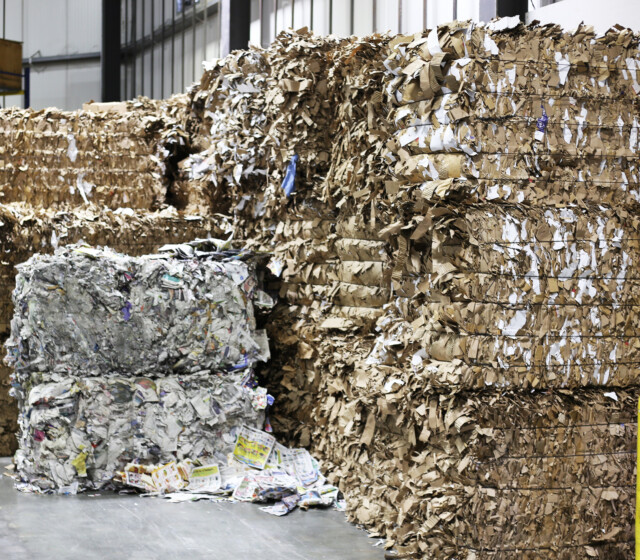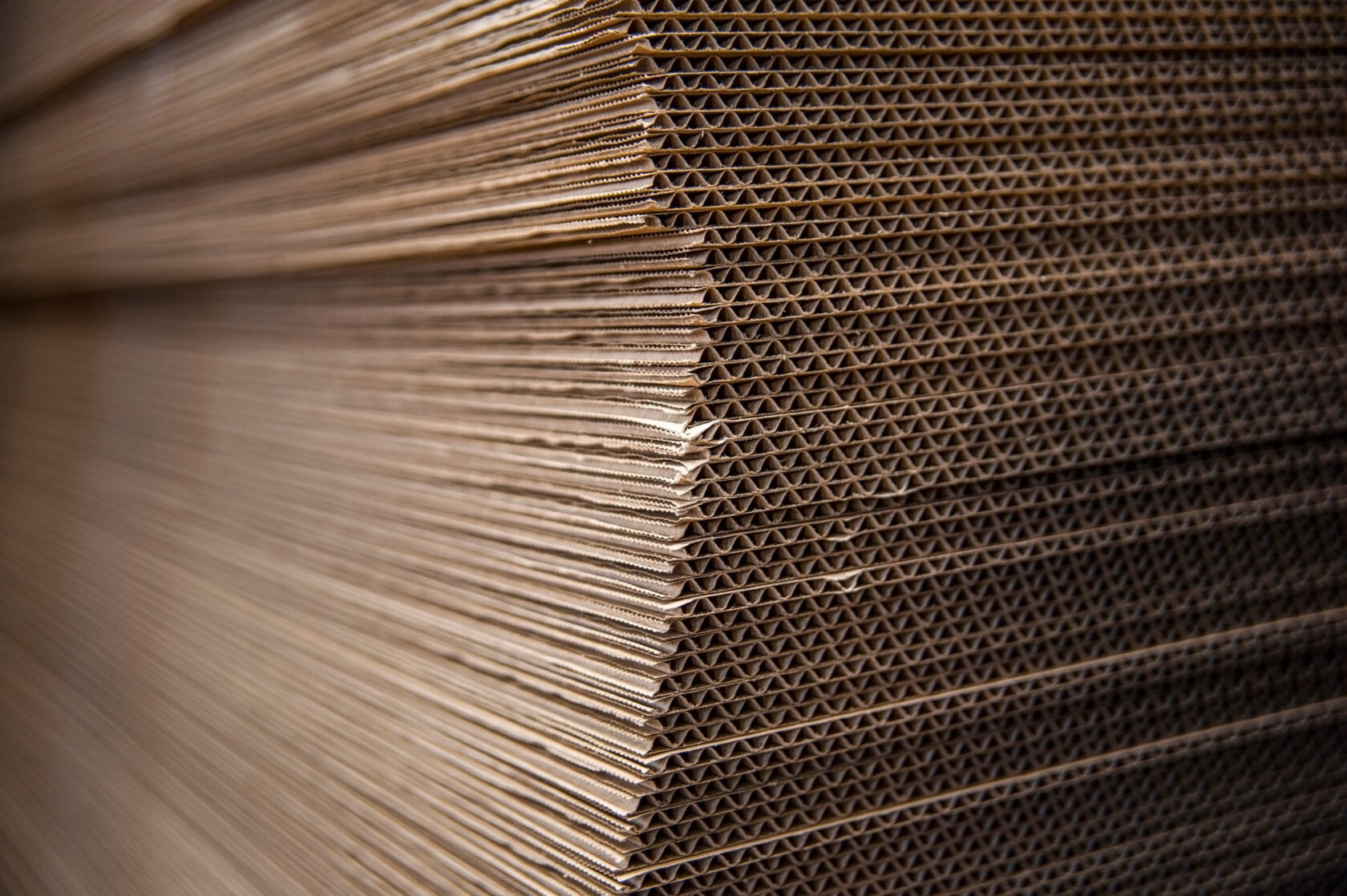
About Us
Intro to Boxes
What is Corrugated?
Corrugated cardboard, or corrugated, is one of the most commonly used packaging materials in the world. Flexibility in both structure and print make corrugated the go-to solution for brands and manufacturers all over the world. Most people refer to it as cardboard, but that actually refers to the single layer that is used to make things like cereal boxes. Corrugated is produced by gluing three pieces of paper together, two outside liners and one wavy piece in the middle called medium.
It’s hard to imagine a time when corrugated wasn’t used in the shipping and transport of everyday goods. First patented as single face (more on that later) in 1856 for use as a liner in top hats, it wasn’t until 1871 the first single wall board was created to be used as boxboard. It has been a staple of everyday life ever since.
Corrugated is used for a variety of different purposes from eCommerce shipping boxes to in store displays. We’ll dive into where boxes get their strength, different ways to print, and the different commonly used styles.
Box Strength
When a packaging designer is creating a box that can properly protect your product, they need to determine how much strength the box needs to get the job done. A box for a soft goods product, like a sweatshirt, doesn’t need much strength since they are very light and durable. A car part would require a heavier duty package since it’s both heavy and prone to damage.
Choosing the right board combination is instrumental in making sure your product gets where it needs to be safely. Board combinations refer to the flute width, flute profile and board grade.

Fluting
We’ll get started with fluting. A standard box has three layers; two layers of liner and one layer of fluting. The fluting of a box is the wavy layer in between the two outside liners. The paper that fluting is made of is called medium. Medium has a variety of different widths and plays a huge part in the strength of the box. You’ll commonly hear two different ways to describe a box’s medium. The first descriptor you’ll hear describes the number of layers of medium used. This will be either single wall, double wall, or triple wall. Most boxes are single wall, if a double wall or triple wall box is used it’s usually for a very large or heavy product such as the bulk bins that hold watermelons at the supermarket.
Single Face
One corrugated medium is glued to one flat sheet of linerboard.
Single Wall
The corrugated medium is glued between two sheets of linerboard.
Double Wall
Three sheets of linerboard with two layers of medium in between.
Triple Wall
Four sheets of linerboard with three layers of medium in between.
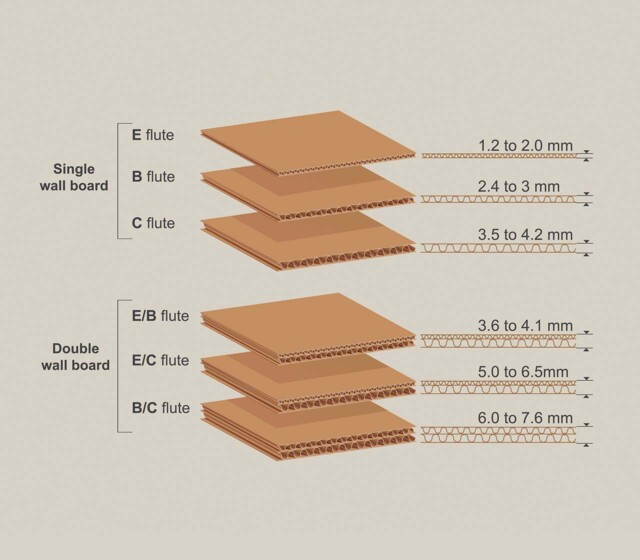
Flute Profile
The second descriptor you’ll hear is the flute profile which describes the thickness or width of the fluting. Most commonly this will be either C Flute, B Flute or E Flute. Recently there has been added flutes such as the larger A flute and micro flutes like F Flute. However, C Flute is the industry standard used in most shipping boxes. The weight of the product and size of the box are a few determining factors in what flute profile is selected.
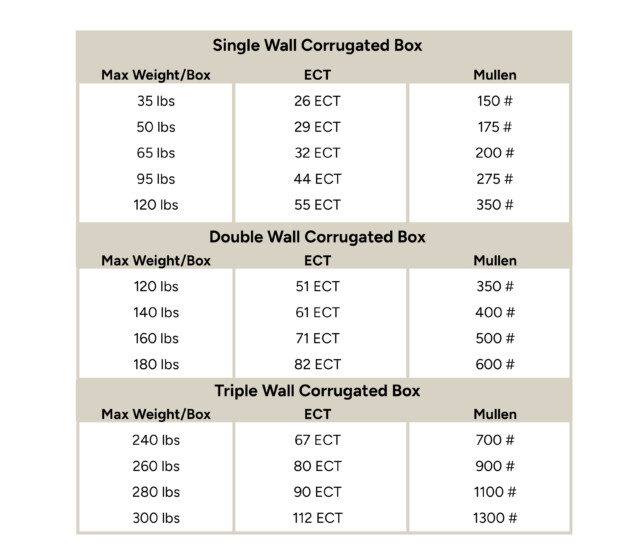
Board Grade
Possibly the most important part of a box’s strength is the board grade. Board grade is the system that measures the strength of each layer of paper. It’s measured using two separate systems; mullen and ECT. Mullen test, or burst strength test, measures how much pressure corrugated board can withstand on a small point. ECT, or Edge Crush Test, measures how much stacking strength the corrugated board has. ECT is the current industry standard. It is much more practical in today’s day and age due to the fact that product packaging spends so much time stacked in transit, in warehouses, and on store floors.
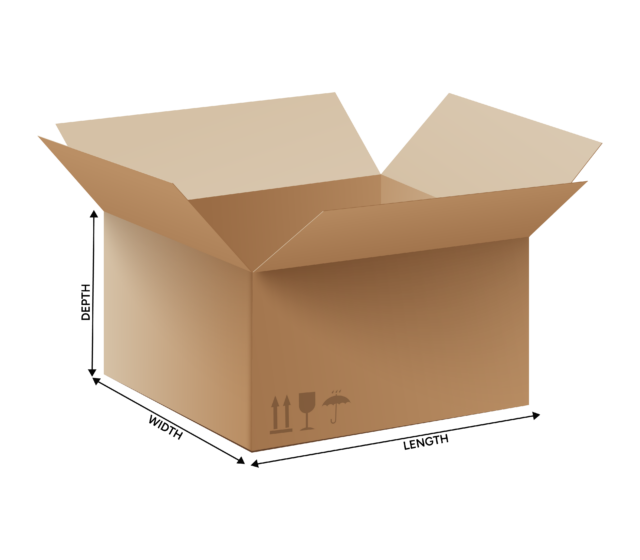
How to Measure a Box
When you’re working with a packaging designer the most crucial aspect to understand is the dimensions. The three measurements needed are length, width, and depth or height. When taking these measurements the open side of the box always faces up. As the box sits on a surface, the “length” side faces you, while the “width” side is perpendicular. The depth is the height of the box.
Print Methods
Printing corrugated packaging can be a great way to increase your brand value and display pertinent information to customers. Print becomes key to a brands sales strategy whether it’s through in-store P.O.P. displays or through custom eCommerce packaging. Depending on what your brand and packaging needs are, there are a number of different methods you can use to print your packaging. We will outline the pros and cons of the three most common below.
Flexographic Printing
Flexography, commonly referred to as flexo, is the style of print most commonly used on corrugated packaging. It uses print plates to apply different color inks directly onto the box much like a giant stamp. Flexo has low up front tooling costs and is very inexpensive and effective at high volumes. However, it is not as precise as some other applications.
Lithographic Printing
Lithographic printing, or litho, is the highest quality print used on corrugated packaging. It is well known for its ability to produce photorealistic print. Litho uses an offset method that has the design applied to a hard print plate. The positive aspects of the image use a water repelling substance, while the negative aspects use a water attracting substance. When the plate is put into a water/ink mixture, the ink sticks only to a positive portion. The image is then rolled onto a rubber sheet which is then printed onto a label. This label is laminated onto corrugated packaging. This method provides excellent print for direct to consumer brands that have strict branding or use photos on their packaging. The upfront tooling costs are usually more expensive, making it impractical at low quantities.
Digital Printing
Digital printing is the most recent development in the corrugated packaging world. Think of digital as a massive desktop printer that applies thousands of small dots of ink using tons of tiny print heads to paint a larger picture. It’s an evolving method that is beneficial due to the fact that no tooling or up front costs. Digital is great for seasonal packaging and displays that need designs frequently swapped out. Its print quality is often used as a cheaper litho replacement at low volumes, but it is impractical at high volumes.
Box Styles
Corrugated packaging is built to ship, protect, sell and display an enormous amount of products. Some of these include food and beverage, healthcare products, clothes and industrial products. As you can imagine these industries don’t all share a one size fits all packaging design. Some of the more common styles are pictured below. Rand-Whitney custom designs corrugated packaging to fit our customers needs.
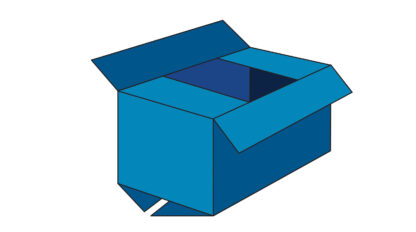
Regular Slotted Container (RSC)
The RSC is the most versatile box. Commonly used for shipping.
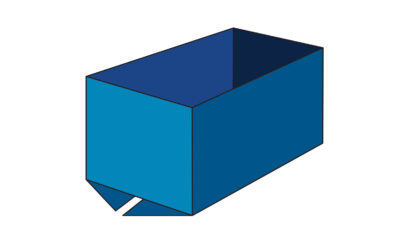
Half Slotted Container (HSC)
The HSC is usually seen being used as a grab bin.
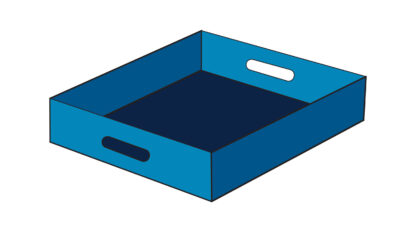
Roll Over Tray
This tray is perfect for food and beverage products.
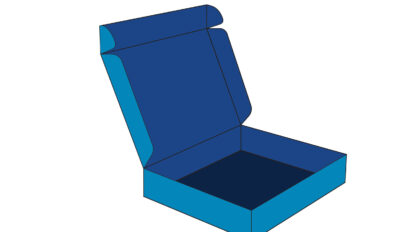
Mailer Box
The mailer is most commonly used by eCommerce brands. It requires no glue or tape.
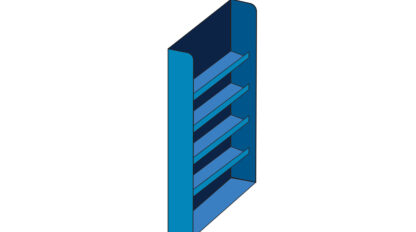
PowerWing Display
This display fits tightly onto aisle end caps. It provides valuable retail visibility in highly trafficked areas.
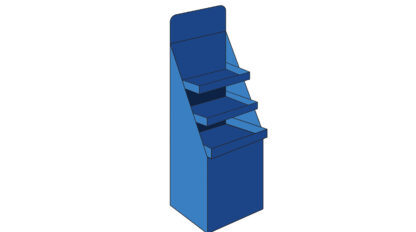
Floor Display
These are your common in-store displays. They stand on their own and can be found in aisles.
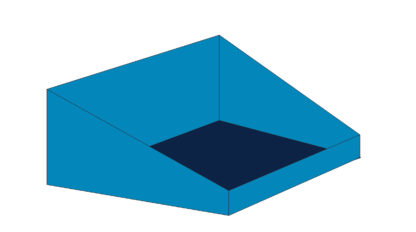
Counter Display
These displays fit on store front counters. Perfect for selling impulse purchases.
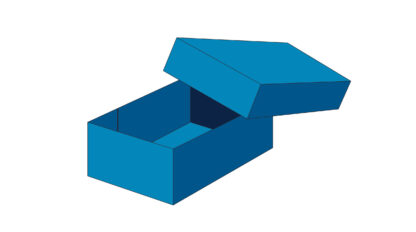
Telescoping Trays
A set of two, using a bottom tray and a second tray as a lid. These are commonly used to ship large items.
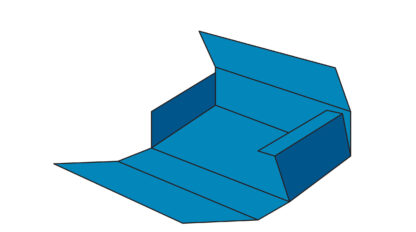
One Piece Folder
An OPF is the perfect no frills solution for shipping small/thin items. Often used for books and literature.
Have a Question?
Our experts are here to help.
